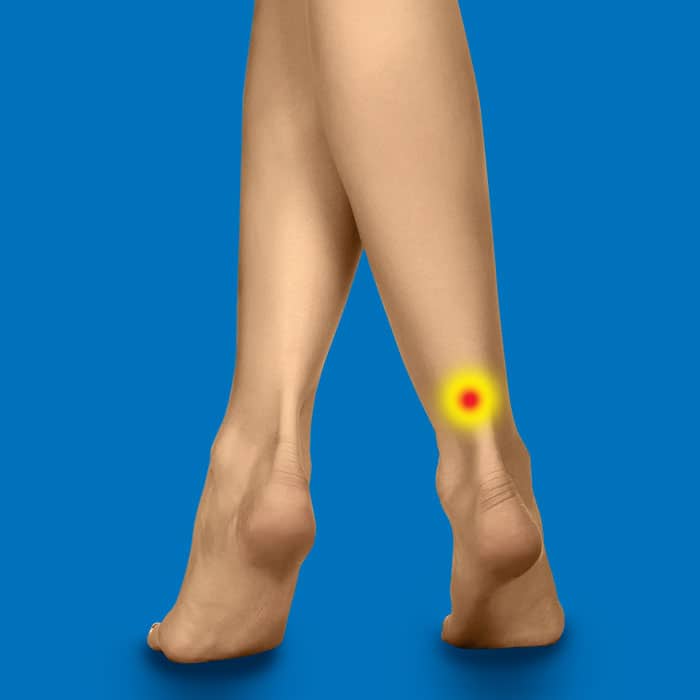
SYMPTOMS
The Achilles tendon joins the calf muscles to the heel bone. This tendon allows the calf muscles to move the ankle when walking, running and jumping. With repeated strain, micro-tears as well as degeneration may occur as a result in the tendon.
The most common symptoms associated with Achilles Tendonitis include:
- Pain just above the back of the heel.
- Formation of a bump at the back of the heel.
- Pain with flexing the ankle.
CAUSES
The most common causes for Achilles Tendonitis include:
- Tightness of the muscles and tissues above and below.
- Flat feet.
- High arched feet.
- Unsupportive footwear.
TREATMENT
Orthotics (Orthoses) – Must be prescribed by a physician
Custom made orthoses support the skeleton, muscles in the correct position. Orthoses are a often a long term solution to prevent reoccurrence by controlling and/or correcting the mechanics that cause the problem Orthoses for Achilles Tendinosis may include:
- Medial longitudinal arch support to stabilize muscles and control hyperpronation.
- A cupped heel to control hindfoot motion.
- Forefoot and hindfoot postings as necessary to control excessive motion (hyperpronation).
- Heel lifts to temporarily shorten the healing achilles tendon.
Footwear
Stability footwear including therapeutic and orthopaedic shoes, are integral to the treatment process. Certified Pedorthists are trained to fit patients with appropriate footwear. BioPed offers many types of footwear into which an orthotic device may be placed or worn alone.
- Footwear that provides medial stability.
- Footwear incorporating a heel rocker – reduces the need to flexion about the ankle
Modifications to footwear are also available at the discretion of the Pedorthist.



